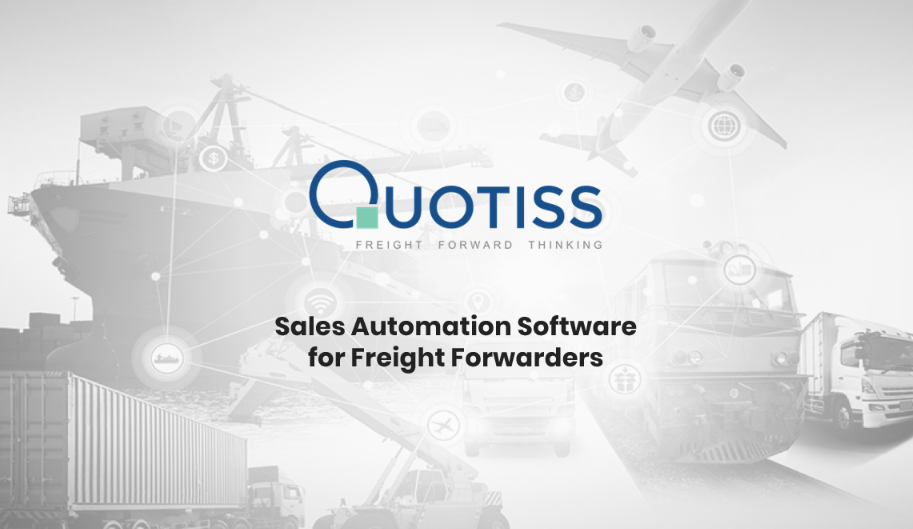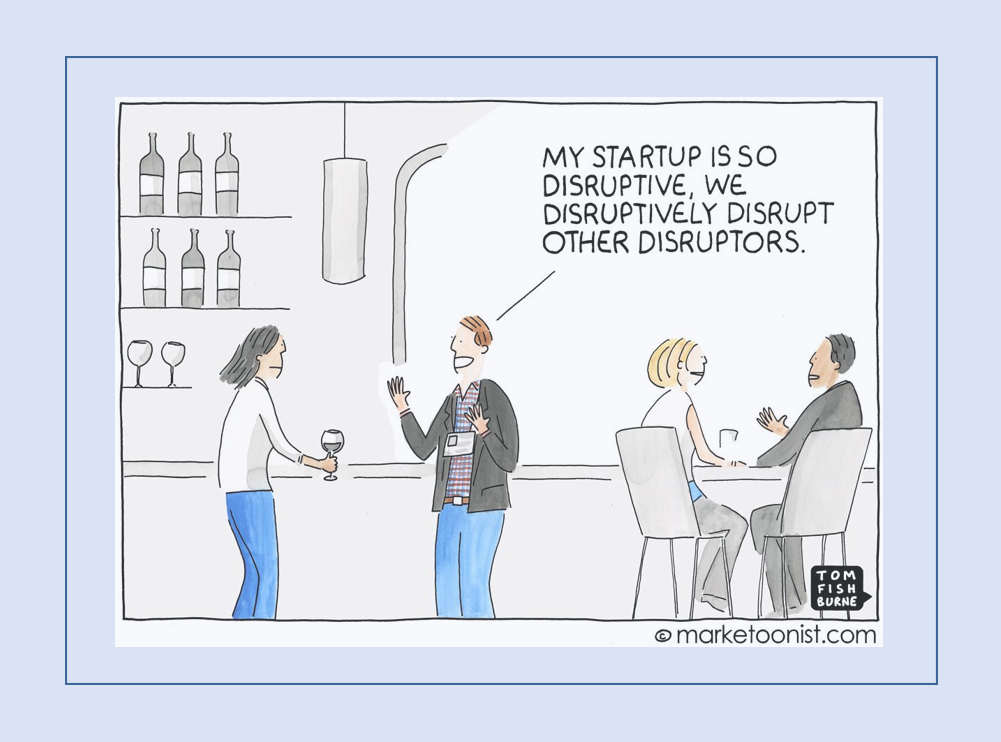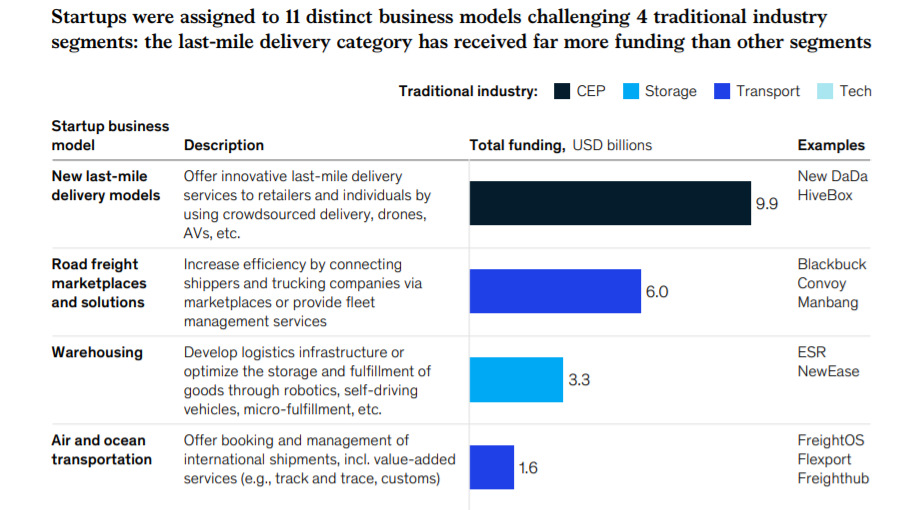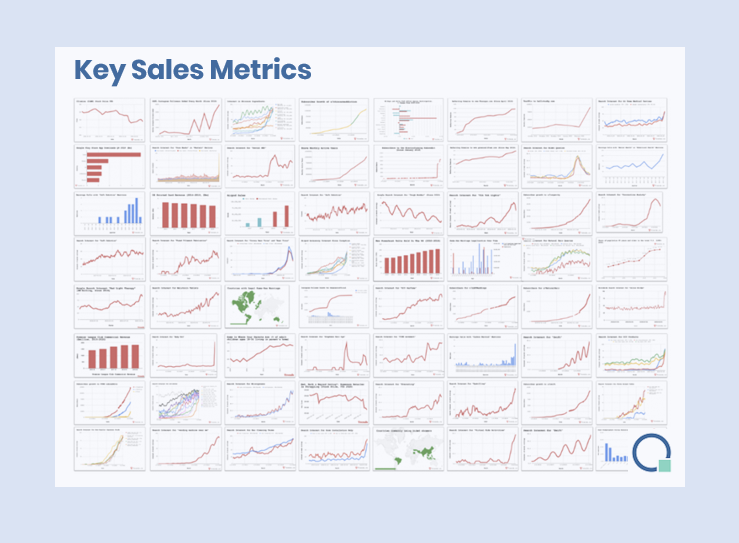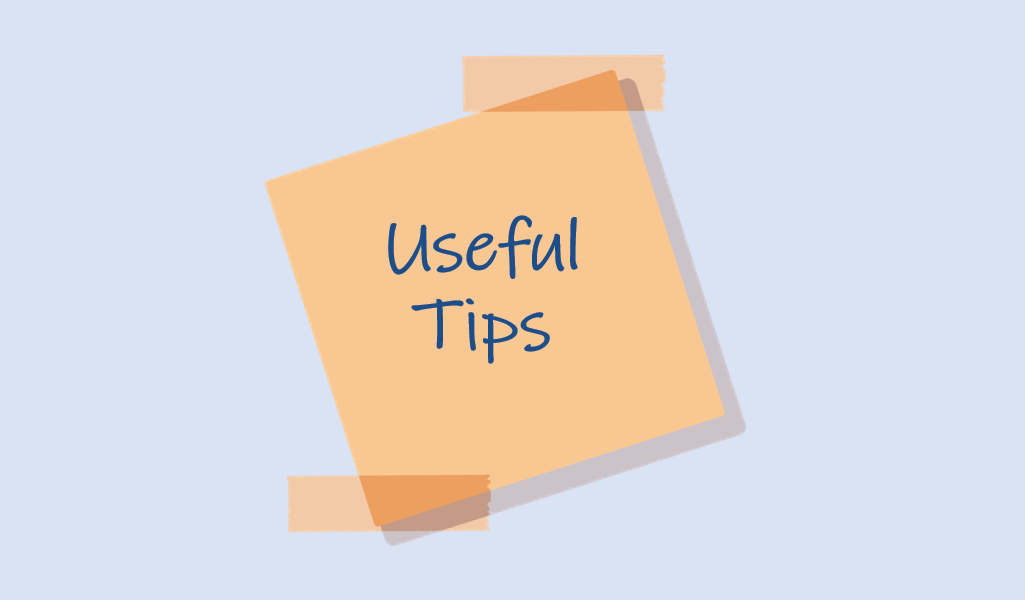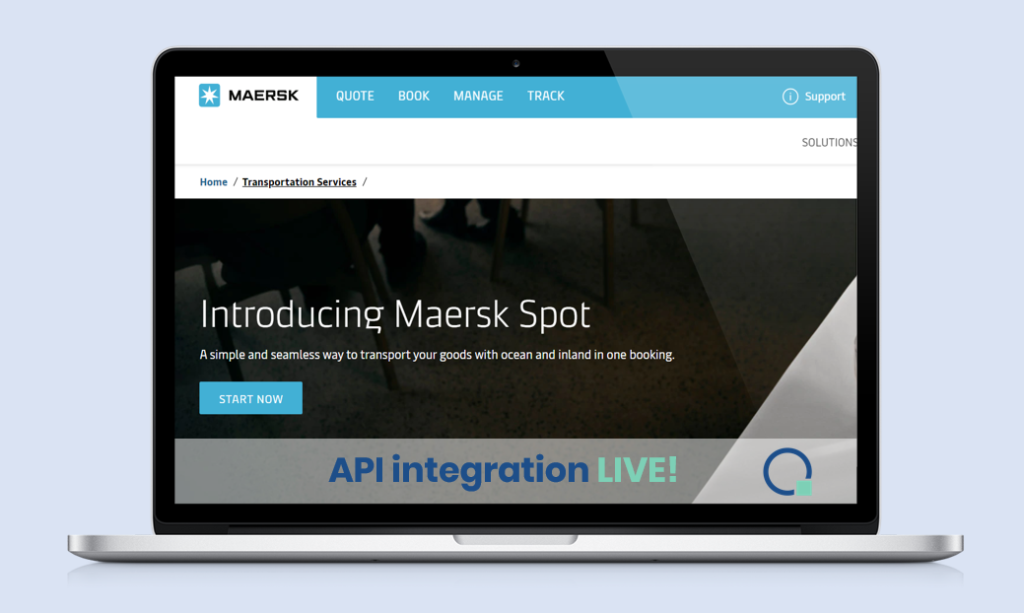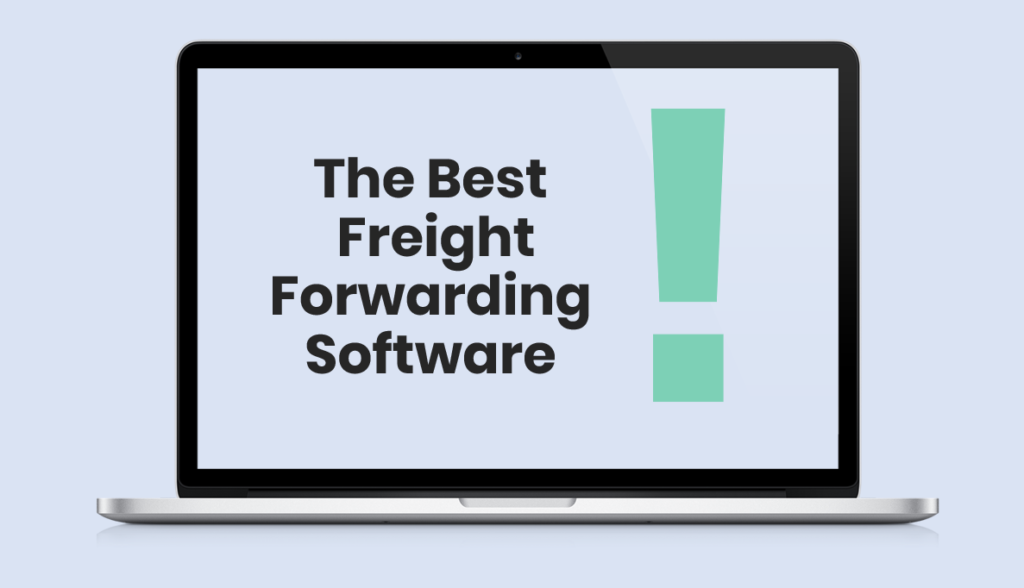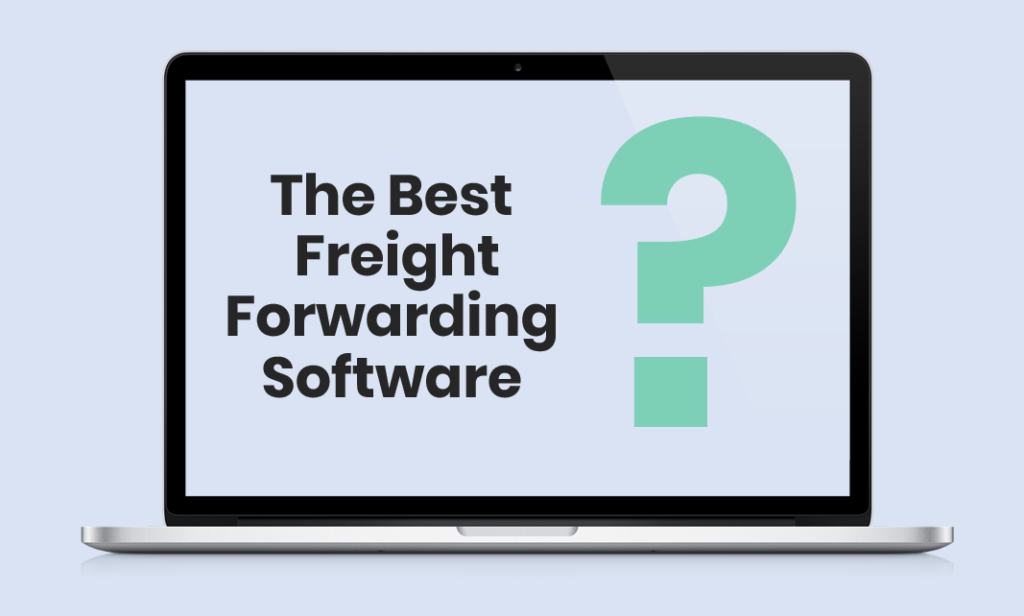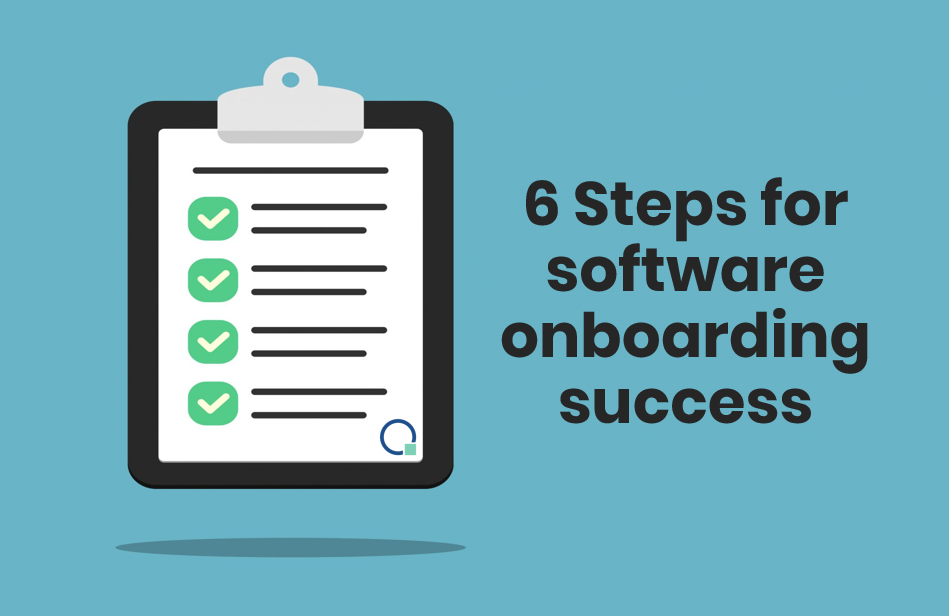4 Reasons to choose “Software as a Service” in Freight Forwarding
What is “Software as a Service” (or SaaS) and how is it different from regular software? Read this guide to navigate with ease in the changing tech environment.
“…80% of the products and services being consumed today are different from those that were being consumed five years ago. And five years from today, fully 80% of the products being used will be new and different from those being used today” – Brian Tracy, public speaker, author.
What Do You Buy When You Buy Software?
Software is a digital commodity, yet for years it’s been treated as a physical product. Corporate software license deals can cost millions of dollars, paid in exchange for a single CD. Very expensive CD.
But there is a very big difference between buying software vs buying an actual physical product. When you own a product, you have all the rights to use it as you wish, until it finishes, breaks, gets lost, etc. With the software, it’s not that straightforward. Usually, what you really buy – is the right to use the software.
Salesforce.com is probably the first most famous “Software as a Service” (or SaaS). The model proved to be very successful and challenged many of the traditional enterprise software vendors.
Benefits of Software as a Service
The SaaS model has flourished because of the many benefits it offers to businesses of all sizes and types. In freight forwarding and logistics, the most popular SaaS products are Customer Relationship Management systems (CRM), software that generates freight quotes, freight rate management software, white-label solutions that enable online quotes, etc.
1. SaaS is easy to use
SaaS applications are available from any computer or any device – anytime, anywhere. Because most people are familiar with using the Internet, SaaS apps tend to have high adoption rates, with a shorter training period.
2. Lower costs
SaaS applications are subscription-based, which means lower initial costs. Having the SaaS provider manage the IT infrastructure means lower own IT costs.
3. Painless implementation and upgrades
Because the SaaS provider manages all updates and upgrades, customers don’t need to download or install updates. The SaaS provider also manages availability – all you need as a customer is a web browser and internet access.
4. Seamless integration, customization, and scaling
SaaS companies can scale indefinitely to meet customer demand, including customization if required. Plus, many provide APIs that let you integrate with any existing ERP or other business productivity systems.
SaaS is Innovation
When you are a small business, then Software as a Service solution seems to be the best choice – it can be quickly deployed and tested (most SaaS offers a trial period for free or a fraction of a price). A monthly subscription plan usually allows 1-3 months’ cancellation notice and makes it a pain-free investment, rather than purchasing a heavy IT infrastructure and technical support. Probably the biggest problem for small businesses is the enormous amount of choice that’s already available in the SaaS market. Read here on how to choose the best SaaS for your business.
Larger companies have a set of challenges to deal with when it comes to Software as a Service, mostly around integration with existing enterprise software. Still, SaaS is the most cost-effective way to go to get to the forefront of innovation.
Quick-Start with SaaS – Quotiss Software
Software as a Service challenges the way business operates today. The biggest advantage of all is how quickly it can be re-shaped and re-purposed by a constantly changing business environment. If you’d like to try something new in your business, this is the right time to do it!
Click here to register your trial account in Quotiss online. We’ll activate it and help with the initial settings and user onboarding. Start uploading your freight ratesheets and quoting freight instantly from Quotiss on the same day we sign the deal.

